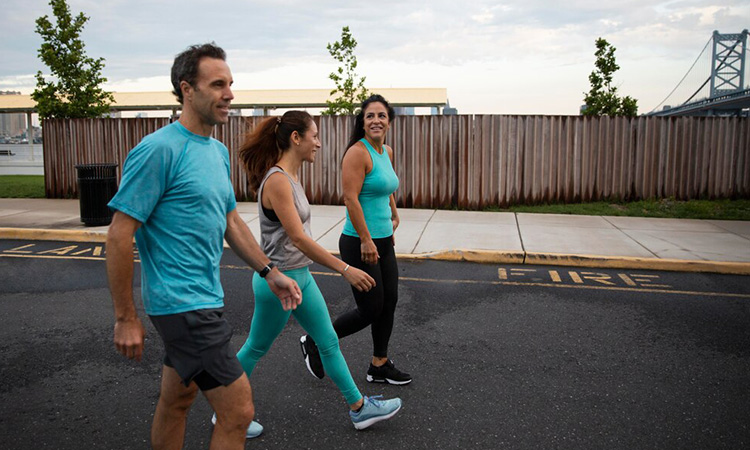In the fast-paced world we live in, where convenience often trumps consideration for the environment, choosing to walk can be a small yet powerful step toward a greener, healthier planet. The act of walking, often overlooked in the age of automobiles and rapid transit, holds immense potential not just for personal health but also for the well-being of our environment.
The Simple Act of Walking
Walking is the most basic form of transportation, a natural activity that requires no fuel, emits no pollutants, and makes no noise. It’s an eco-friendly option readily available to most people. Whether it’s a short trip to the local store, a commute to work, or a leisurely stroll in the park, choosing to walk overusing a motorized vehicle can significantly reduce one’s carbon footprint.
Environmental Benefits
The environmental benefits of walking are extensive. It reduces air pollution, as walking produces no greenhouse gases unlike cars or motorcycles. This reduction in pollutants not only helps combat climate change but also improves air quality, making our cities and neighborhoods healthier places to live.
Walking also has a minimal impact on the environment compared to other modes of transportation. There’s no need for vast parking areas or massive road networks that disrupt natural landscapes and wildlife habitats. Instead, walking encourages the development of green spaces and pedestrian-friendly pathways.
Enhancing Personal Health and Community Well-Being
Beyond environmental benefits, walking is excellent for personal health. It improves cardiovascular fitness, aids in weight management, and reduces the risk of chronic diseases. Moreover, walking has mental health benefits, including reducing stress and anxiety and increasing overall happiness.
On a community level, walking can foster a sense of connection. Pedestrian-friendly areas often encourage social interactions, community engagement, and a stronger connection to one’s surroundings.
Challenges and Solutions
Despite these benefits, modern urban planning and lifestyle choices often discourage walking. Busy schedules, sprawling cities, and a lack of pedestrian infrastructure can make walking less feasible or safe.
To address these challenges, cities can invest in better pedestrian pathways, ensure safe crosswalks, and create more green spaces. Communities and individuals can also advocate for more walkable urban designs and support initiatives that promote walking as a primary mode of transportation.
Walking is more than just a physical activity; it’s a pathway to a healthier planet. By choosing to walk, we not only benefit our health but also contribute to a more sustainable and environmentally friendly world. Each step taken on foot is a step away from pollution, a step towards cleaner air, and a step closer to a more connected and harmonious community. So, let’s lace up our shoes and take a step towards a greener future, one walk at a time.
Next On Your Reading List:


